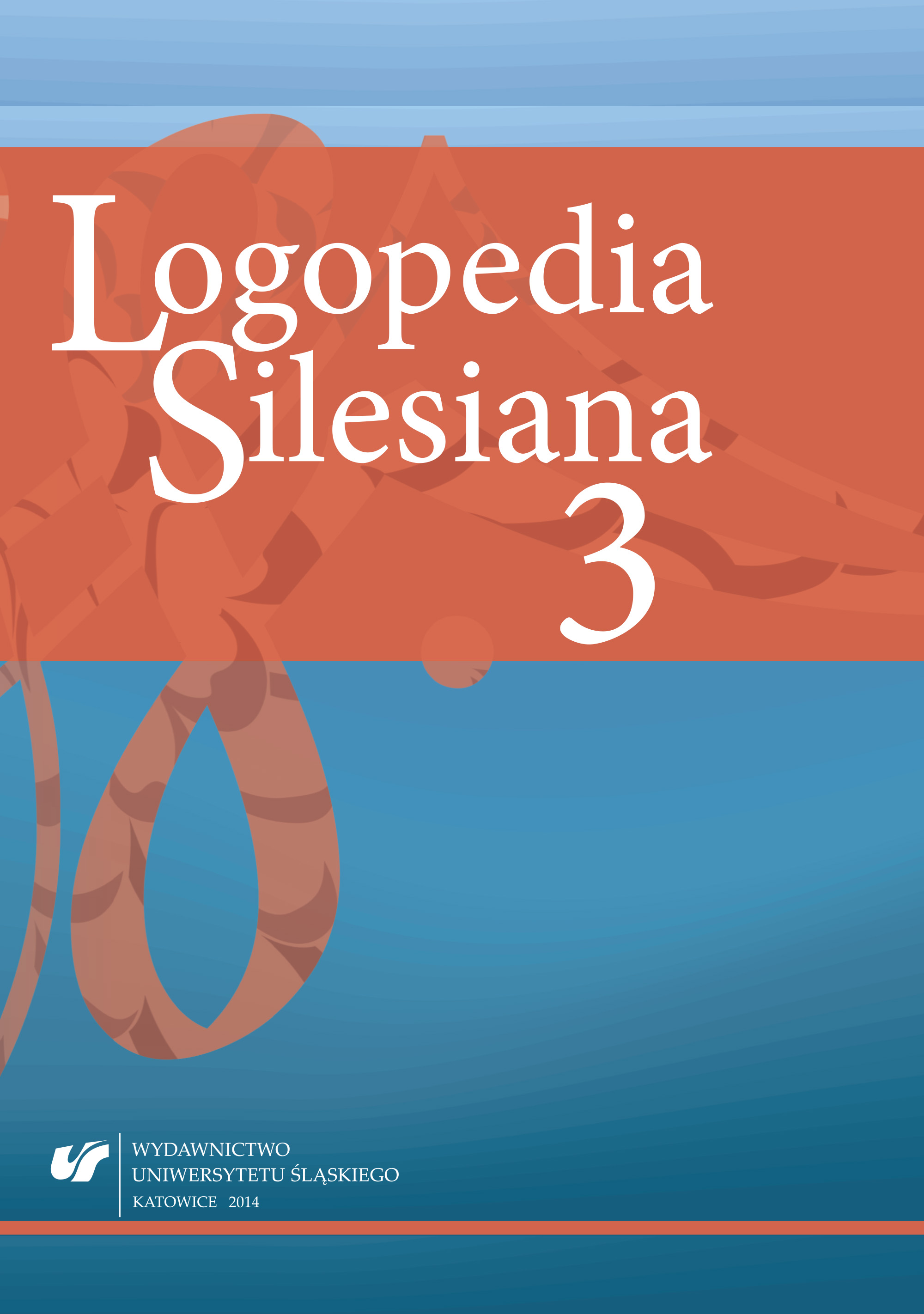Renata Danel
logopediasilesiana@us.edu.pl
Bio Statement (e.g., department and rank)
dr hab., wokalistka, kompozytorka, autorka tekstów, pedagog, absolwentka
Wydziału Jazzu i Muzyki Rozrywkowej Akademii Muzycznej im. Karola Szymanowskiego
w Katowicach oraz wieloletni jej pedagog. Jako pierwsza w Polsce napisała dysertację doktorską
z piosenki i jako pierwsza w Polsce uzyskała tytuł doktora habilitowanego z domeny
wokalistyki rozrywkowej. Jest autorką nowatorskiej metody stymulacji podniebienia miękkiego
w procesie kształcenia głosu wokalisty, którą w formie książkowej wydała Biblioteka
Śląska. Laureatka prestiżowych nagród na krajowych i międzynarodowych festiwalach piosenki.
Uczestniczka licznych konferencji naukowych, autorka wielu wykładów, referatów
i warsztatów wokalnych. Od 2010 roku dyrektor i twórca Studia Wokalistyki Estradowej
(swe.katowice.pl) – jedynego o tak zdefiniowanej ofercie dydaktycznej projektu w Polsce,
gdzie kształcą się adepci sztuki wokalnej w AM w Katowicach.



 10.31261/LOGOPEDIASILESIANA
10.31261/LOGOPEDIASILESIANA